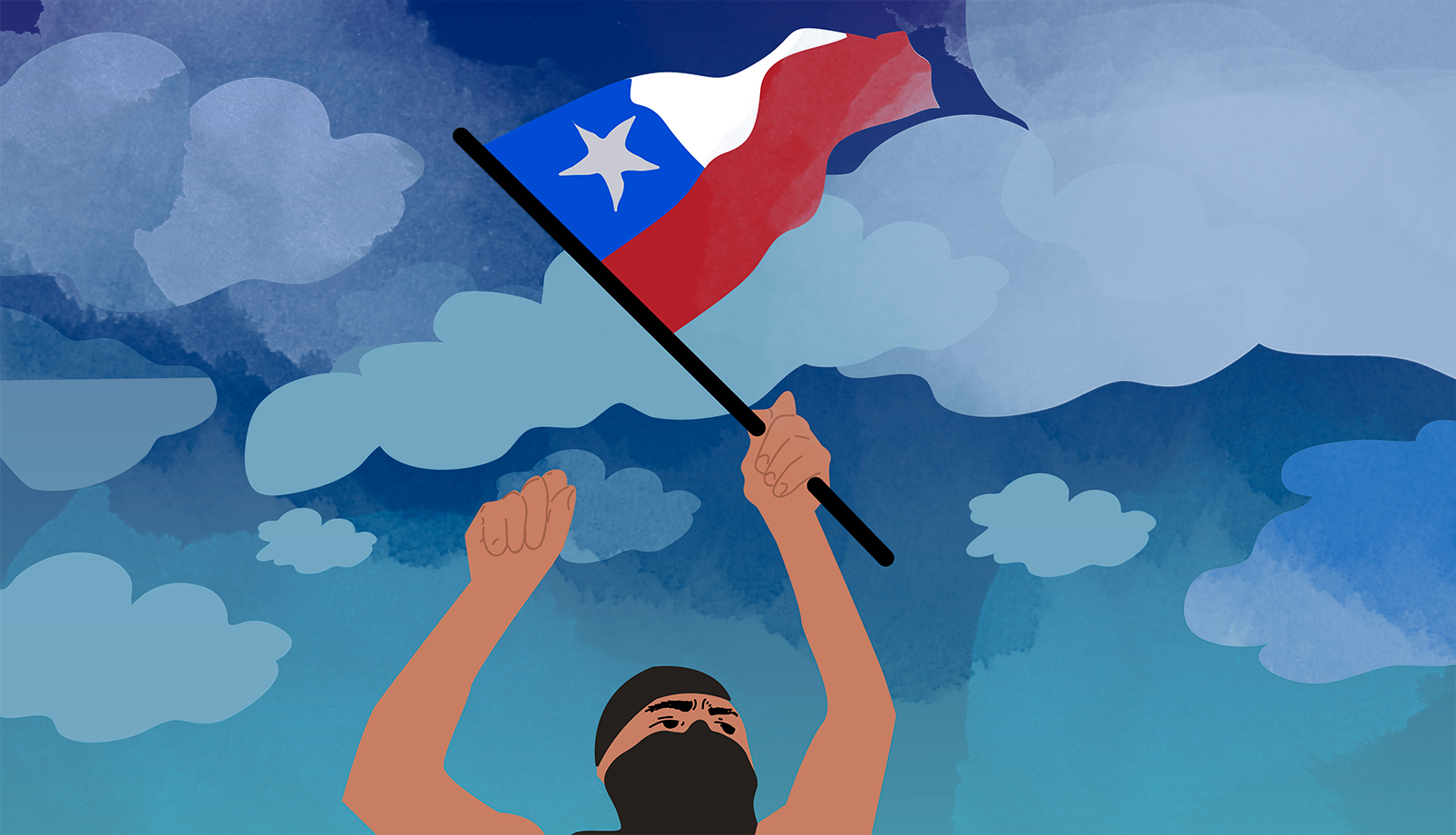The social unrest and constant riots beginning on Oct. 14 have really taken a toll on Chile, which appeared to be the most economically and politically stable country in South America, as reported by BBC.
This alleged reputation has proven to be just a façade when a significant amount of the population decided to protest against the numerous years of social injustice.
As a Chilean living abroad, it hurts to see my natal city in flames, but mostly it is sad to see how for years, hate, human rights violations, resentment and oppression have taken over the country, until the people couldn’t take it anymore.
On Oct. 18, the metro fares in Santiago were raised by 30 pesos (approximately $0.05 CAD). This increase was the straw that broke the camel’s back after many years of undignified living standards. A student collective spearheaded a movement that called for fare evasion, known on social media as #EvasionMasiva. The initial protests resulted in turmoil; supermarkets were sacked, thousands of people marched the streets, and the majority of Santiago’s metro stations were completely scorched, as mentioned by Vox.
Eventually, it wasn’t just Santiago’s students anymore. The movement had reached other cities in Chile, and soon, millions supported the cause. Since the police force was unprepared to handle the situation, President Sebastián Piñera declared the country to be in a state of emergency. He sent the military on the streets and reintroduced a strict curfew that Chileans last experienced during Augusto Pinochet’s dictatorship in the 1970s and 1980s.
Furthermore, Piñera went on national television to claim that the country was “at war” with its own people, a statement that infuriated the protesters even more. Piñera later rectified his claim by proposing an economic reform and cancelling the rise in the metro fares. However, these measures did nothing to smooth things over.
By now you may be wondering, why is it that people continue to protest and refuse to go back to their routines? Chile has an enormous accumulation of wealth where one per cent of the population earns 33 per cent of the country’s wealth. The social inequality has continued to expand throughout the years to the point where the minimum wage is so low that people spend about 20 per cent of their salaries just on transport. They have unworthy pensions, a poor health system, high rates for student loans, a poor educational system, draughts, precarious jobs, collusions, capitalization of national resources, and so on. But most importantly, people are asking the government for a constitutional change. Chile’s constitution was changed by Pinochet in 1980, and still remains the same today – which epitomizes the extent of the dictator’s legacy and is key in understanding the people’s frustrations.
Today, the protests continue, and the movement has adopted the slogan “Chile has awoken!” Those who endure to march refuse to go back to their normal lives and resign to the degrading living conditions caused by Pinochet’s neoliberal economic model. According to The Guardian, 7,000 people have been arrested, at least 18 people have died, and the number of people who were abused by the security forces is high, yet unknown. Santiago’s metro damages go up to approximately $400 million and businesses have lost near $1.4 billion. Despite this, the majority of the people march in peace, they are out there hoping to achieve a dignified living and basic human rights. As stated by BBC news, on Oct. 24, protests broke the record for the biggest peaceful march since the 1990 when Chile returned to democracy.
It is distressing to see Chile go through this situation, but it was also inevitable. The people can only take so much social injustice and poverty. The situation goes beyond choosing a side; the international, local and social media each portrays different fragments of reality. Nothing is black and white, there are many different shades in between. Chile needs to rise above its people’s differences, come together, heal by solving its embedded issues and invest in its future.
Graphic by @sundaeghost
